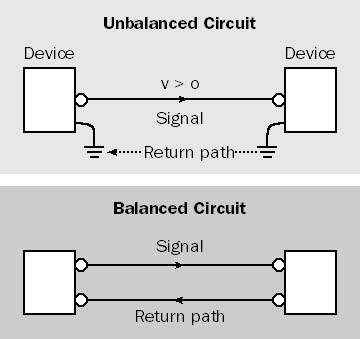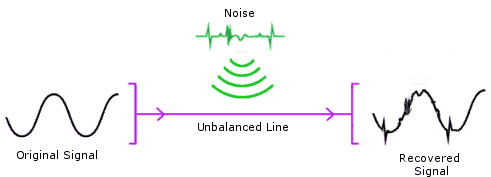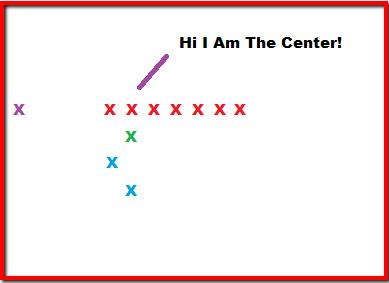Unbalanced line
In unbalanced signal transmission or asymmetric signal transmission, English single-ended signaling, the electrical signal is transmitted by a voltage that varies with respect to a reference potential ( electrical ground ). Typically, a shielded cable is used ( coaxial ).
The unbalanced signal transmission is the simplest type of data transfer. One conductor carries a voltage that varies depending on the signal, with respect to a reference line, generally earth, which is also connected to other circuit parts. If multiple signals to be transmitted, only one reference line is being used. This simplifies the cabling and electronics, but is more susceptible to electromagnetic interference.
The unbalanced signal transmission is the opposite of balanced signal transmission.
Typical applications are
- The sound transmission in the non-professional and semi-professional environment partially ( RCA, DIN, jack (used also for the symmetrical signal transmission ), S / PDIF )
- The analog video transmission (SCART )
- Transfer digital (EIA -232 ( RS -232), IEEE 1284 ( Centronics), 10BASE2 and 10BASE5 Ethernet ) and
- The transmission of the RF signals from antenna, LNB or the BK network to radios, televisions or radios.










